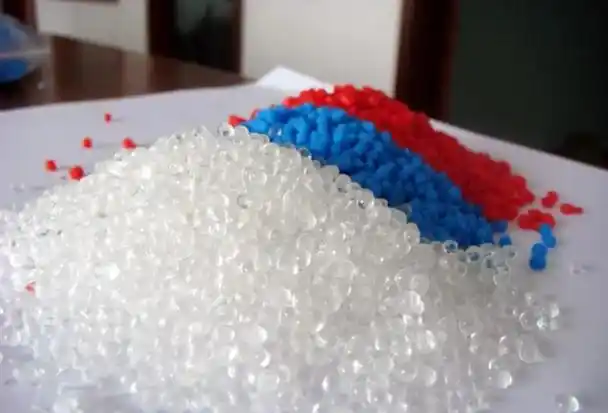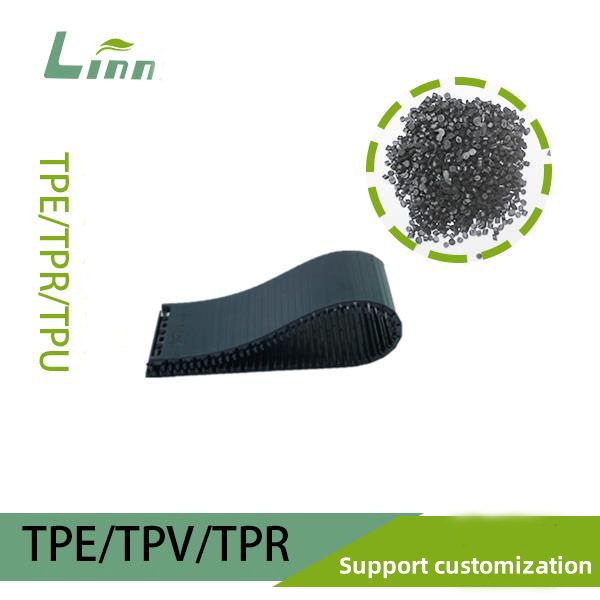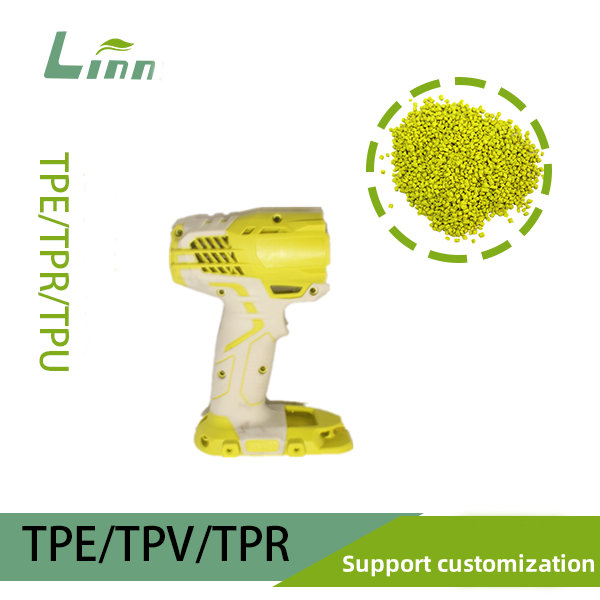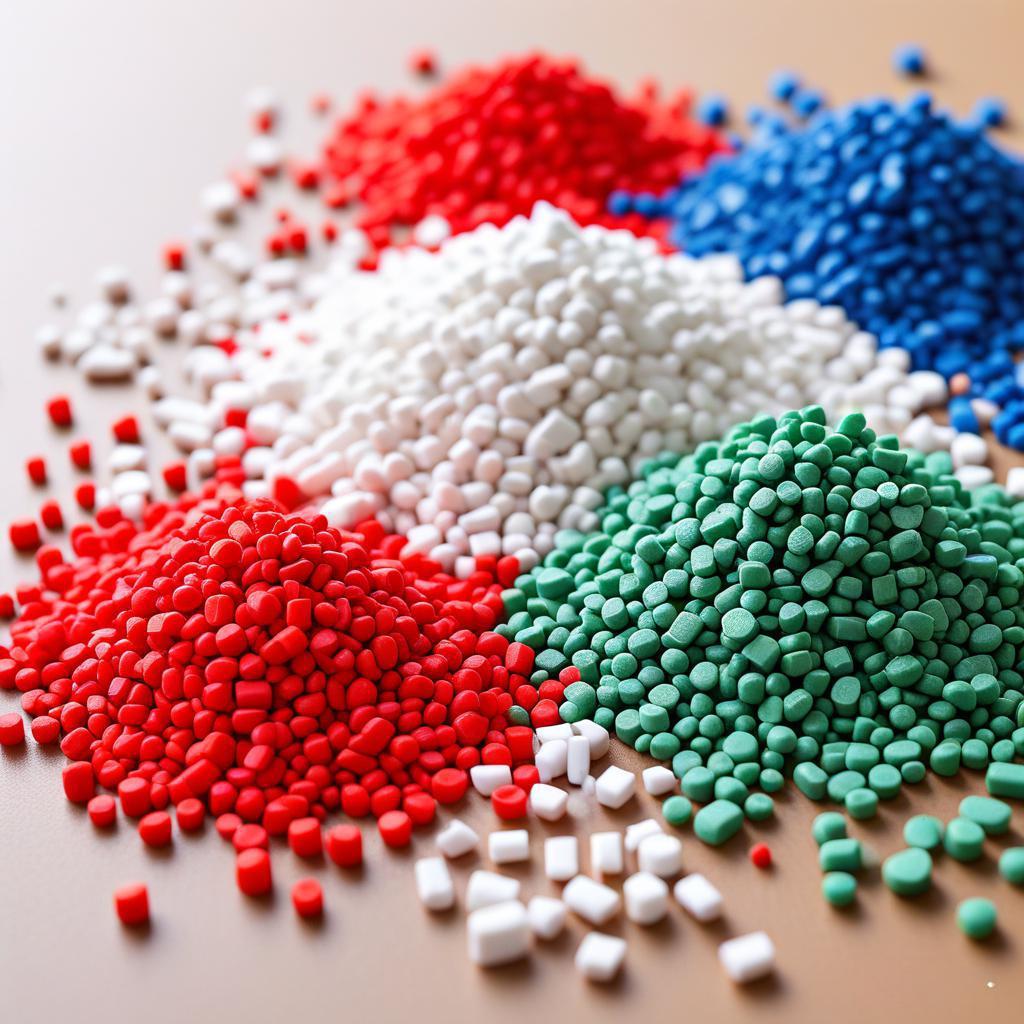As a materials engineer with over 18 years in thermoplastic elastomer formulation and injection molding process optimization, I have helped dozens of manufacturers in automotive sealing, medical tubing, and consumer goods sectors reduce TPE part shrinkage from unacceptable 2.5% down to stable 0.6%. This guide distills field-proven diagnostics and corrective actions into a single resource optimized for engineers, molders, and product designers searching for TPE shrinkage control.

1. What Shrinkage Means in TPE Context
Shrinkage refers to the volumetric contraction of TPE material as it cools from melt state to solid part after ejection. Unlike rigid plastics, TPE combines crystalline and amorphous phases, making shrinkage directionally anisotropic — higher in flow direction than transverse.
Typical TPE Shrinkage Ranges by Grade
| Grade Family | Flow Direction (%) | Transverse (%) | Post-Mold 24h (%) |
|---|---|---|---|
| SEBS-based | 0.8–1.6 | 0.6–1.2 | +0.1–0.3 |
| TPV (PP+EPDM) | 1.0–1.8 | 0.7–1.4 | +0.2–0.5 |
| TPU | 0.5–1.2 | 0.4–1.0 | +0.05–0.15 |
| COPE/TPES | 0.7–1.4 | 0.5–1.1 | +0.1–0.25 |
2. Root Causes of Excessive TPE Shrinkage
2.1 Molecular Orientation and Relaxation
High shear during injection aligns polymer chains. Post-ejection, chains relax, pulling dimensions inward. SEBS grades with Mw > 250 kDa show 25% higher orientation shrinkage.
2.2 Crystallization Kinetics
In TPV and some COPE, PP micro-crystals form during cooling. Slow cooling (<15 °C/min) allows larger spherulites → higher shrinkage.
2.3 Filler and Oil Loading
Mineral fillers (CaCO₃, talc) reduce shrinkage by 0.2–0.4%.
Paraffinic oil >30 phr increases shrinkage by 0.3–0.7% due to oil exudation and lower modulus.

2.4 Moisture Absorption
Hydrophilic TPU and some COPE absorb 0.3–1.2 wt% moisture post-molding, causing delayed swelling that masks true shrinkage for 48 h.
2.5 Mold Temperature Imbalance
Hot mold half vs cold half creates differential cooling, leading to warpage and apparent shrinkage variation >0.5% across part.
2.6 Gate Freeze-Off Timing
Premature gate freeze traps high packing pressure, resulting in over-pack near gate and higher shrinkage in far cavities.
2.7 Volatile Loss
Low-MW plasticizers evaporate at 180–210 °C barrel temperatures, reducing volume by 0.1–0.3%.
3. Diagnostic Workflow (Field-Tested)
Step-by-Step Shrinkage Audit Protocol
| Step | Action | Tool | Target |
|---|---|---|---|
| 1 | Measure part at 30 min, 24 h, 72 h post-ejection | CMM / optical scanner | Map time-dependent change |
| 2 | Cut cross-section; inspect crystalline bands | Polarized light microscope | Detect slow-cooled zones |
| 3 | Weigh part vs theoretical volume | Precision balance | Calculate effective density |
| 4 | Ash content test on sprue vs part | Muffle furnace | Verify filler migration |
4.1 Injection Phase Tuning
Increase pack/hold pressure from 60 MPa to 90 MPa → reduces void fraction by 40%.
Extend hold time until gate freeze confirmed by short-shot study.
Velocity-to-pressure switchover at 98% fill (not 100%) prevents over-pack.
4.2 Thermal Management
| Zone | Recommended Temp (°C) | Effect on Shrinkage |
|---|---|---|
| Nozzle | 190–205 | Prevents drool & volatile loss |
| Mold | 35–55 (SEBS) / 60–80 (TPV) | Balances crystallinity |
| Cooling rate | 20–40 °C/min | Minimizes differential shrinkage |
4.3 Material Selection Matrix
Shrinkage vs Hardness Trade-Off (SEBS Base)
| Hardness (ShA) | Oil (phr) | Shrinkage (%) | Compression Set 70 °C/22 h (%) |
|---|---|---|---|
| 30 | 80 | 1.55 | 42 |
| 50 | 50 | 1.20 | 35 |
| 70 | 25 | 0.85 | 28 |
| 90 | 10 | 0.65 | 22 |
4.4 Drying Protocol
TPU: 3 h at 100 °C dew point -40 °C.
COPE: 4 h at 90 °C. Undried moisture → +0.4% apparent shrinkage due to steam voids.
4.5 Mold Design Adjustments
Increase wall thickness uniformity (avoid >3:1 ratio).
Add 0.3–0.5% oversize in high-shrink directions (use Moldflow anisotropy prediction).
Tapered shut-off lands prevent flash while allowing pack.

5. Additive and Compounding Solutions
5.1 Nucleating Agents
0.2–0.5 wt% sorbitol-based clarifiers in TPV reduce crystal size → -0.25% shrinkage.
0.1 wt% PTFE micro-powder lowers melt viscosity, improves packing.
5.2 Anti-Shrink Masterbatches
Commercial products (e.g., Kraiburg TPE Shrink-Less MB) contain hyper-branched polymers that counteract chain relaxation.
Dosage Impact
| MB Let-Down Ratio | Shrinkage Reduction | Ct Increase |
|---|---|---|
| 2% | 0.15% | $0.08/kg |
| 5% | 0.32% | $0.19/kg |
| 8% | 0.45% | $0.31/kg |
Replace 10 phr CaCO₃ with hollow glass microspheres → -0.18% shrinkage and 12% weight reduction.
6. Post-Molding Stabilization
6.1 Annealing Cycle
Heat parts to Tg + 25 °C for 2 h, cool at 10 °C/h.
Reduces residual stress → final shrinkage locked within 0.05%.
6.2 Humidity Conditioning
Store TPU parts at 50% RH, 23 °C for 48 h before measurement to avoid false swelling.
7. Case Studies
Case A: Automotive Window Seal (TPV 65 ShA)
Problem: 1.85% shrinkage → seal gap >1.2 mm. Actions:
Mold temp raised 55 → 75 °C.
Added 0.3% nucleator.
Increased hold pressure 55 → 85 MPa. Result: Shrinkage 1.12%, gap 0.4 mm, 400k USD tooling rework avoided.
Case B: Medical Catheter Hub (TPU 95A)
Problem: 1.45% transverse shrinkage → hub cracked on assembly. Actions:
Dried 4 h at 100 °C.
Reduced oil from 15 → 8 phr.
Conformal cooling retrofit. Result: Shrinkage 0.78%, zero cracks in 1.2M units.
8. Predictive Modeling with Moldflow
Anisotropic Shrinkage Compensation Workflow
| Step | Input | Output |
|---|---|---|
| 1 | Midplane + 3D mesh | Fiber orientation tensor |
| 2 | CRUMS model (not Crastin) | Predicted shrinkage map |
| 3 | Orthotropic compensation | STL for CNC machining |
| 4 | Verification cavity | <0.1% deviation |
9. Sustainability Angle: Low-Shrink Recyclate TPE
Regrind up to 20% reduces virgin cost 12% but increases shrinkage +0.25%. Counteract with:
0.5% chain extender (Joncryl ADR).
Pre-drying regrind at 80 °C for 2 h.
10. Troubleshooting Checklist (Print & Laminate)
| Symptom | Likely Cause | Quick Test | Fix |
|---|---|---|---|
| High shrinkage near gate | Over-pack | Weigh gate vestige | Reduce pack pressure 10% |
| Centerline higher than edges | Slow core cooling | IR camera | Balance cooling lines |
| Shrinkage increases after 1 week | Moisture swell | Weigh after oven dry | Improve packaging |
| Lot-to-lot variation | Oil content drift | FTIR oil peak | Tighter supplier spec |
Q1: Can I use ABS shrinkage data for TPE? No. TPE exhibits viscoelastic recovery up to 500 h post-molding; ABS stabilizes in 24 h.
Q2: Is 2% shrinkage ever acceptable? Only in soft grips with interference <0.5 mm. For seals or inserts, target <1.0%.
Q3: Will hotter mold always reduce shrinkage? Up to a point. Beyond 90 °C in SEBS, oil bleed increases effective shrinkage.
Q4: How to measure oil migration? Extract part in hexane 4 h, evaporate, weigh residue. >0.5 wt% loss → high shrinkage risk.
Q5: Can I eliminate shrinkage entirely? No. Aim for predictable, uniform shrinkage compensated in tool design.
Q6: Is in-mold labeling compatible with low-shrink TPE? Yes, but use 60–70 °C mold and PP-based film to match CTE.
Q7: Does barrel residence time affect shrinkage?
8 min at 220 °C → +0.2% due to thermal degradation of SEBS blocks.
Q8: Are bio-based TPE more prone to shrinkage? Yes, bio-TPU with polyol chains show 15–20% higher relaxation shrinkage.





